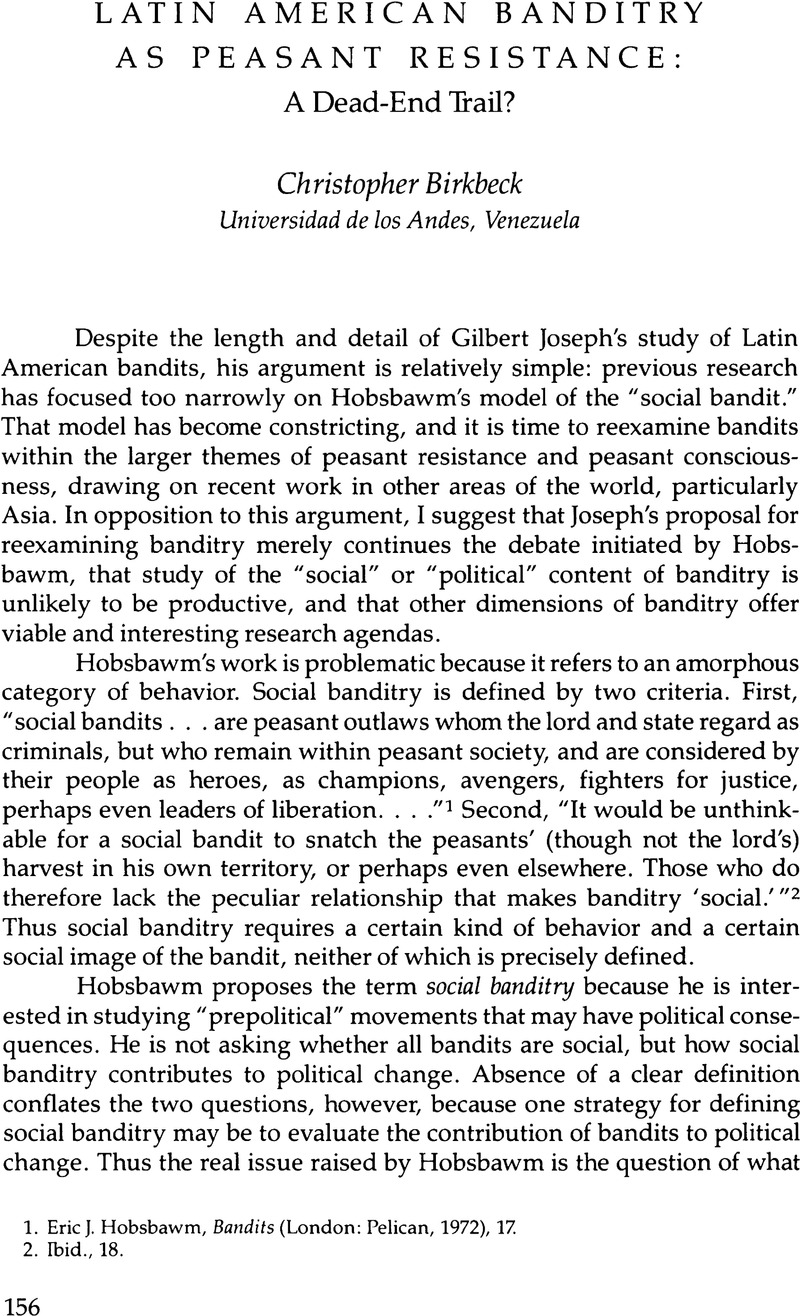Crossref Citations
This article has been cited by the following publications. This list is generated based on data provided by Crossref.
Fradkin, Raúl O.
2022.
Miradas del bandolerismo rural en el litoral rioplatense a finales de la época colonial.
Revista de Indias,
Vol. 82,
Issue. 285,
p.
391.





